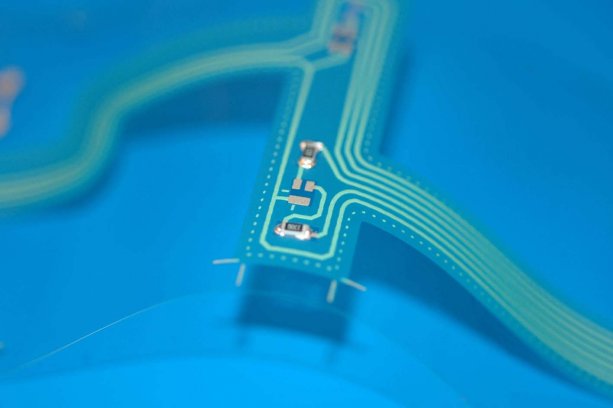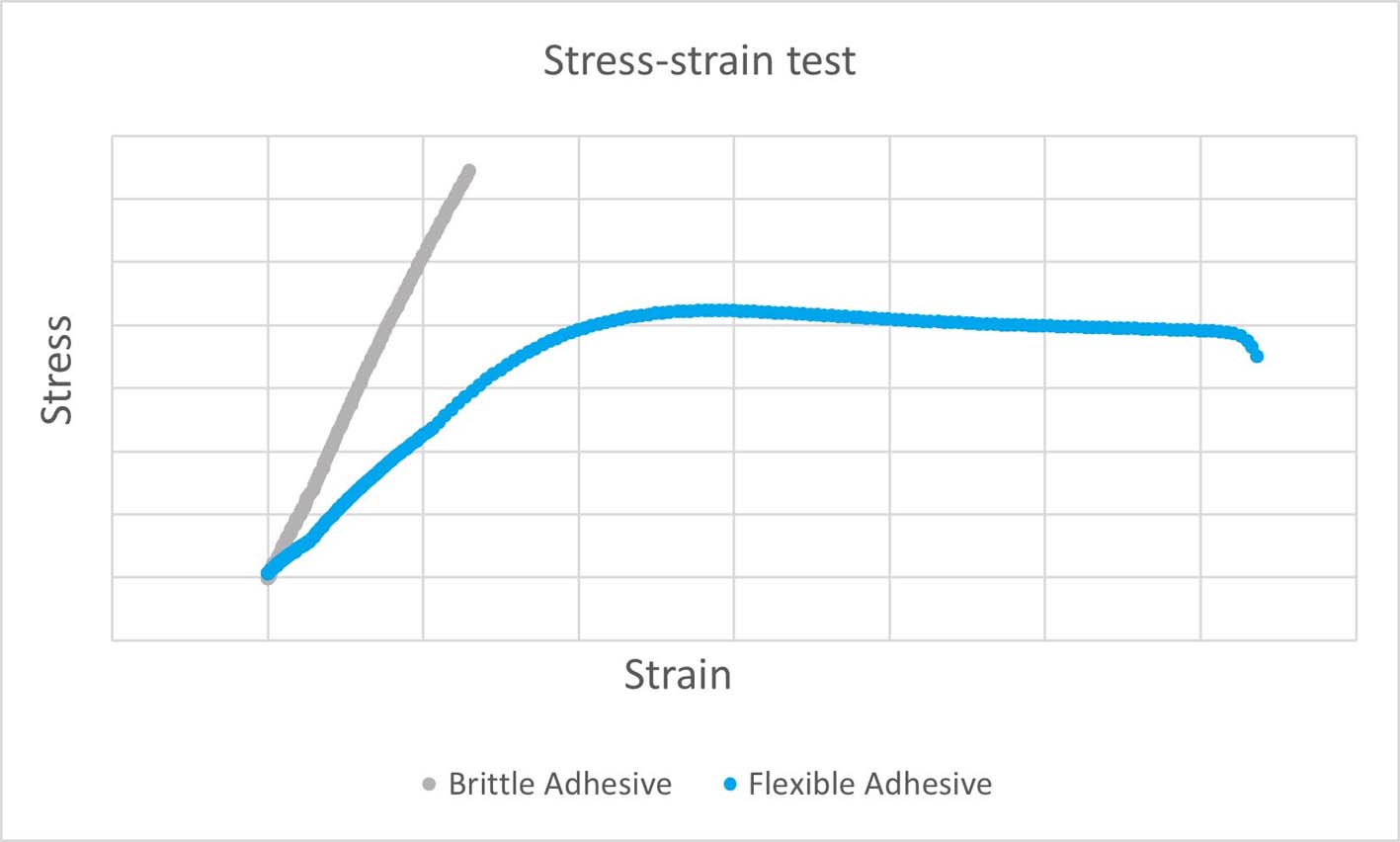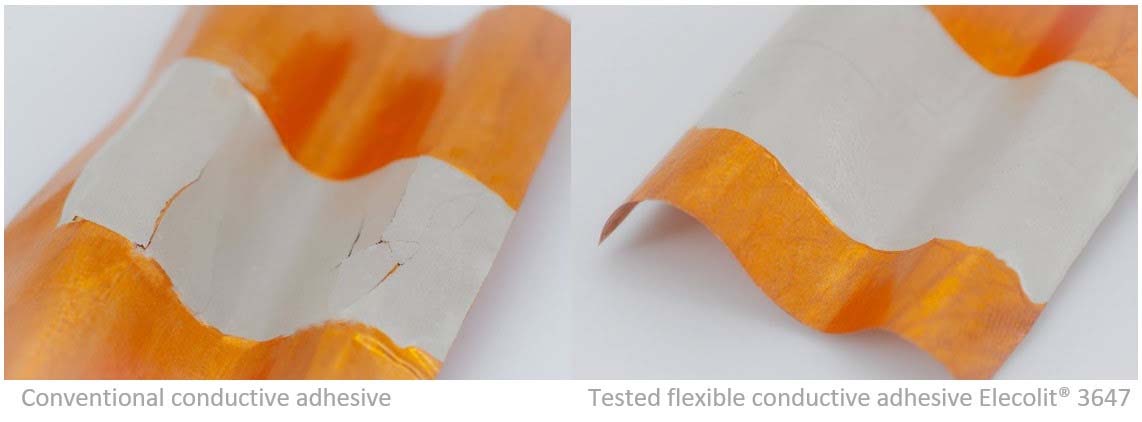
AGM launches Genable thermal paste adhesives range
Webinar will showcase materials specially designed to meet the high requirements of the flexible electronic devices sector.

4th November 2022
Innovation in Textiles
|
Frankfurt, Germany
A free-to-attend webinar on wearable sensors, e-textiles, printed electronics and related fields is being held by TechBlick, the Frankfurt, Germany-based digital learning platform for industrial markets, on December 2nd.
Among presenters will be Tobias Kaposim of Panacol, the developer of flexible conductive adhesives for thin film solar cells and flexible, in-mould electronic wearables
“When it comes to electronics, characteristics like bendability, flexibility, foldability and wearability are becoming increasingly important,” he says. “To produce functioning devices with those characteristics it is necessary that all device parts are flexible or bendable. Usually, the electronic parts – especially those mounted on PCBs or flexible PCBs – are connected by soldering, but solder materials are very rigid and inflexible.”
In addition, he adds, soldering temperatures of 316-371°C are an increasing challenge for heat-sensitive modern electronic devices. Soldering to create conductive connections between the separate electronic parts is therefore not an option for modern flexible electronic devices.
Conductivity
Conventional conductive adhesives were invented for this purpose, and already make it possible to bond two electronic components on circuit boards without major temperature stress. These conventional adhesives, however, must be applied on a hard surface to create a high conductivity. For softer more flexible surfaces, like thin film solar cells, in-mould electronics or electronic wearables, other ways of contacting are required, in addition to a high flexibility of the whole device.
Epoxy-based flexible conductive adhesives are a smart alternative to bond and electrically connect components on flexible circuits in a single step. The adhesives are as flexible as the materials they are applied on, and cure at low temperatures.
The latest generation of electrically conductive adhesive systems are specially designed to meet the high requirements of the flexible electronic devices sector. They are particularly suitable for bonding with temperature-sensitive films or flexible PCB materials and possess high peel strength and extreme vibration resistance. Flexible conductive adhesives allow component attachment with minimal temperature stress.

These features result from the high flexibility of the adhesive systems themselves. Even with a silver content of 80% and more, they show a significantly higher strain compared to brittle conventional adhesives. As shown in Figure 2, typical tensile test results indicate that flexible conductive adhesives (in grey) are minimally stressed when strain is applied. In comparison, the brittle conventional conductive adhesives (blue) become severely stressed as more strain is added. The new adhesives can withstand vibration and bending loads without breaking.
Breakage
The behaviour of a traditional conductive adhesive and a flexible conductive adhesive film are shown on a bendable substrate in Figure 3. The two different adhesives were applied on a thin bendable copper foil and subsequently bent in a manner that might be required in a real flexible electronic device. When the foils were bent, the conventional, more brittle adhesive shows clear signs of breakage. In comparison, the flexible adhesive adapts to the movement and shape of the copper foil and remains completely unimpaired.

Compared to other traditional conductive adhesives and solder, this new generation of flexible conductive adhesives provides additional important benefits.
Flexible conductive adhesives show excellent adhesion to plastics, including polyimide, PC, PVC, ABS, and FR4 board. They can be applied in very thin layers and are lightweight. These flexible adhesives can be precisely dosed and applied quickly in high volumes for automated manufacturing, which makes them perfectly suitable for die attach applications and component assembly on flexible films and PCBs.
A further advantage is the very easy handling and storage of these materials. Thee single-component adhesives can be dispensed, and cured within minutes at temperatures as low as 100°C. This makes it possible to bond semiconductors and create electrical connections at the same time. Furthermore, they only need to be cooled and not frozen during transport and are not classified as dangerous goods for transportation.
See the full webinar agenda, register for the free and connect with industry leaders including Panacol here.

Business intelligence for the fibre, textiles and apparel industries: technologies, innovations, markets, investments, trade policy, sourcing, strategy...
Find out more